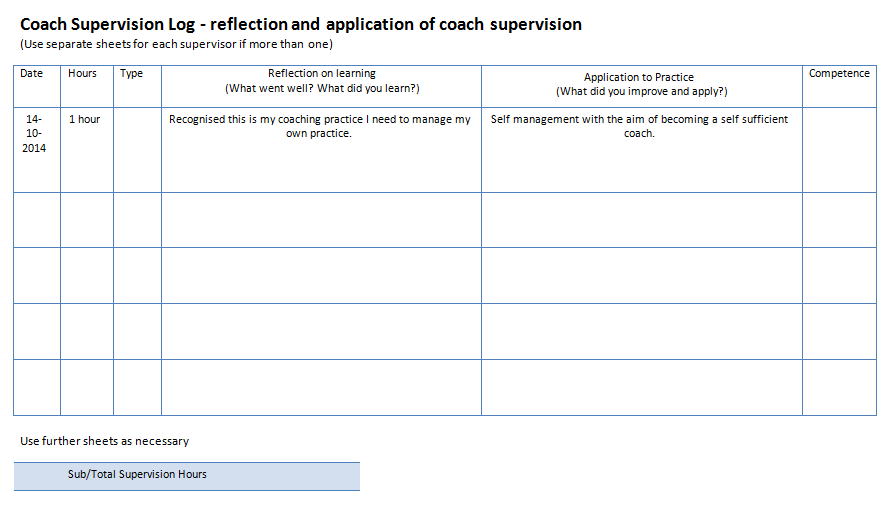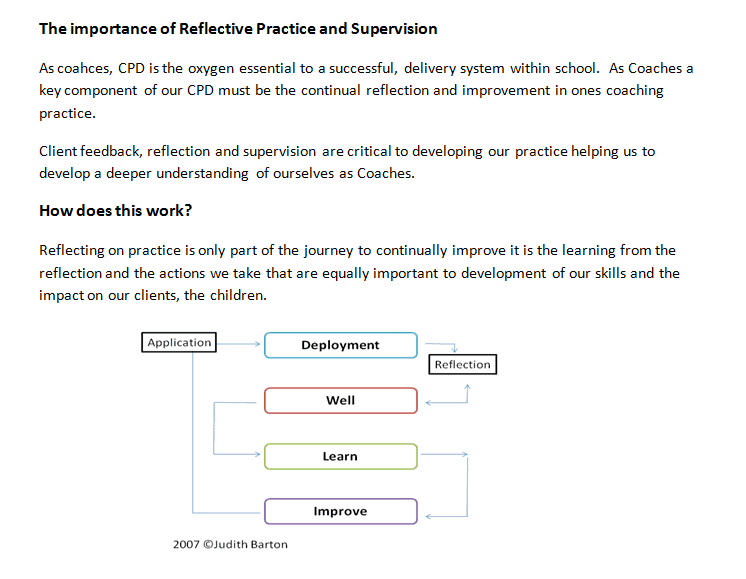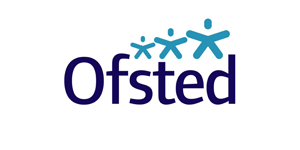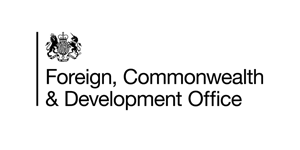How to become an even better coach – Identifying the slither of difference
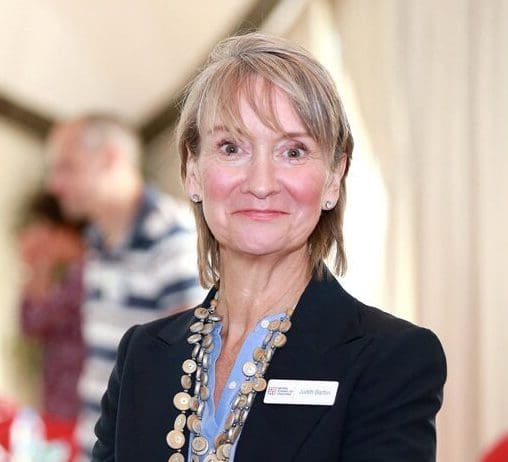
In my last blog I discussed the ‘slither of difference’. For those who may not have read this blog; the ‘slither of difference’ is the little, often tiny elements that make the difference between good and great performance. The difficulty with this can be identifying what is the tiny element that will make the difference.
I mentioned how Sir David Brailsford, CBE, Team Principal at Team Sky, had concentrated on the tiny improvements of every element of the cyclists performance. This is a philosophy for Sir David, known as the “aggregation of marginal gains”, if we improve every element of what we do then this percentage gain will make a real difference to performance.
Unbeknown to me I follow a similar approach to improving my coaching practice, this I term the ‘slither of difference’.
Lionel Birnie interviewed David Brailsford (pre-knighthood) in May 2011 in his office at the Velodrome in Manchester, England. This cycling weekly piece noted how Brailsford reads coaching manuals and management books, he searches out the ‘how to’ from football managers, and speakers on performance. A book called Moneyball written by Michael Lewis, focused on the work of Billy Beane at Oakland Athletics basket ball team who drew his attention to the stats and measuring the right things rather than the stuff always measured.
I would liken this to asking clients to complete training or coaching evaluation forms. How much of the data gathered can be turned into information to help me improve? What Beane did at the Oakland Athletics club was to challenge the process of what was being measured and how it was used to improve ready for the next game.
Standing back, reflecting, understanding the data and challenging the whole coaching process is key to making real improvements in our practice. What is important here is ones definition of the whole process. For me the whole process (macro) means everything around the coaching session as well as the process or approach used within the session itself (micro). If we consider the whole coaching process to be the macro view this would include the organisational context, venue, contracting, relationships and so on.
Everything that goes into a coaching session should be included as part of the supervision. Edna Murdoch and Jackie Arnold describe how they see this Full Spectrum Model; “Full Spectrum Supervision; who you are, is how you supervise”.
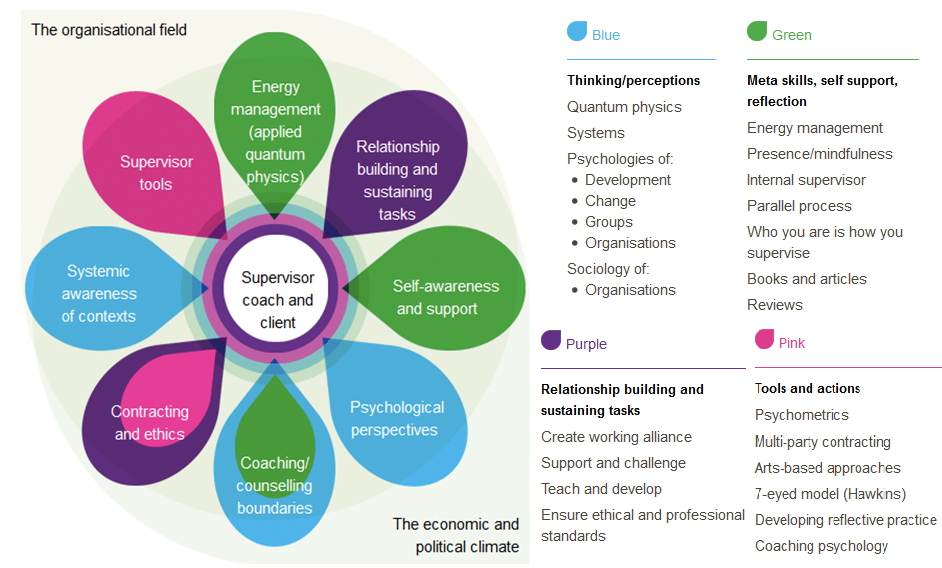
To do this you need to work deeply and have trust with your supervisor. They note the quality of the relationship with your supervisor is key, and the supervisor must want the supervisee to become an even better coach. For me this relationship is about support and challenge, with a supervisor who really has my best interest at heart.
To improve your own coaching you need to truly understand your own performance. I do this by examining four key factors that impact on my performance; 1 health, 2 energy, 3 work and 4 home, against a zero baseline which equates to normal performance. Also shown is the number of coaching sessions per month. Each element has a plus and minus scale of 1 to 3. Then over the timeline, in this case 12 months, I track any changes from the zero baseline.
Health = Any episodes, e.g. influence, something that affects my performance;
Energy = Plus or minus my zero baseline;
Work = Plus is work more challenging, stretching, feelings of success;
Home = Plus would be success, great experience within the family. Minus would be
when difficulties occur such as illness or bereavement.
I plot this throughout the year, and the illustration also shows the number of coaching sessions per month. Exact dates and times can be identified in the coaching log.
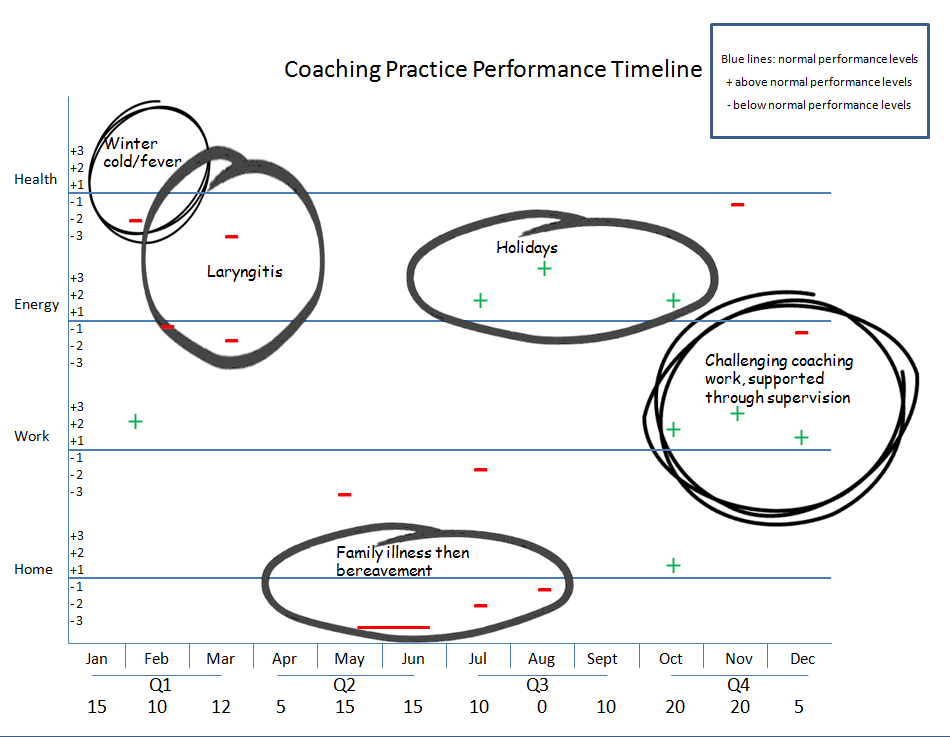
I then reflect on my coaching performance, you will see this written up in quarters. This is used in my supervision sessions.
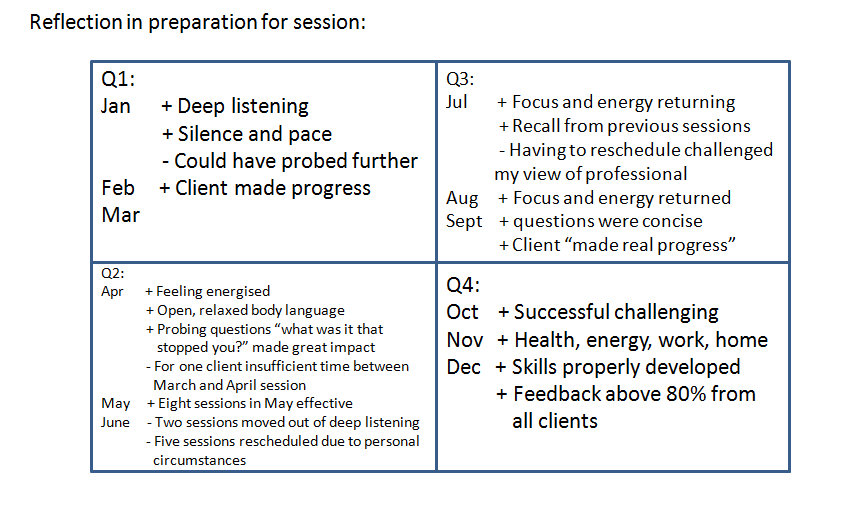
I then write up my learning in the format below:
